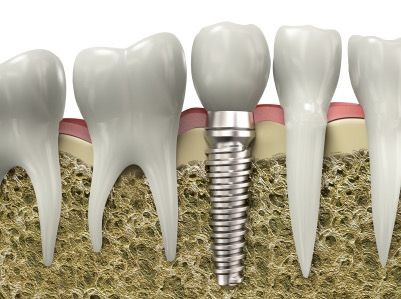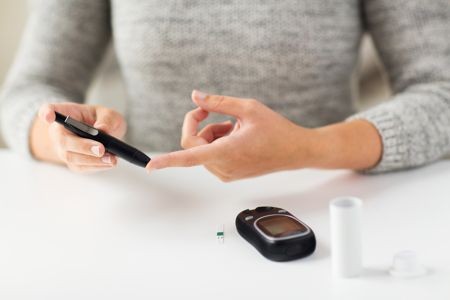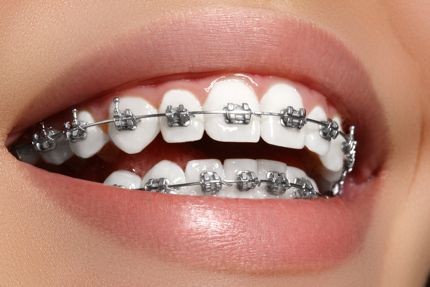Our Blog
Pros and Cons of Pacifiers
A pacifier is a quick and simple tool that keeps your baby calm and satisfied. It appears to be the very first thing in life for your little thing to appreciate and worship. This is why young mothers often find it hard to break the habit. Briefly, like any other thing on earth, a pacifier is both good and bad in some ways. Let’s see why.
What’s good about them?
One reason why infants get so crazy about pacifiers is their divine need to suck. When there is something in the mouth, there is no need to thrust those little fists in it. Finally, sucking is the only way for a baby to get food (breastfeeding requires a little different sucking technique though). When a pacifier falls out from a baby’s mouth, he or she loses a ‘big thing’ and begins to cry. That’s why putting it back in his or her mouth often works well.
There is an opinion the pacifiers reduce the risk of sudden infant death syndrome (SIDS). One theory says that a pacifier prevents the blocking of space between the oral and nasal cavities, which otherwise may stop the supply of oxygen and cause death. Others believe that a pacifier just won’t let a baby sleep deeply, and it will wake an infant up immediately once something goes wrong.
What’s bad about them?
It is no secret that many moms find it hard to wean their children off from sucking on a pacifier. Yes, they are quite ‘addictive’, both for a child and for the mother. You may simply stop seeing other ways to keep your little one calm or grow too lazy to do so.
As mentioned above, sucking on a pacifier is different from sucking on the mother’s nipple. For this reason, pacifiers may interfere with breastfeeding. To avoid this, doctors recommend that the mother waits until the baby learns to nurse and there is enough milk, prior to using a pacifier.
Pacifiers may put the middle ear at risk of infections. However, the risk is quite low in babies under six months – exactly when they need to suck very much. Therefore, it is advisable to wean a baby from it after he or she turns six months old.
If you use of pacifier for too long, your child can end up with dental misalignment.
Do’s and don’ts
If your baby seems fussy, there are things other than a pacifier that can calm him/her down. Please, do not be in a hurry to ‘plug’ your little one. Try rocking, sing-a-song, or change a position. If these steps do not work, use a pacifier.
Do not give your child a pacifier right after he or she is back from the birthing home. Make sure that you have established a stable breastfeeding regime.
Do not force your baby to take pacifier unless he/she wants to or if he/she is sleeping.
Purchase several pacifiers, because they wear out over time. Do not use long straps, because them may accidentally wind around the babies neck and cause strangling and suffocation. Please, be careful about tiny parts. Do not use pacifiers with splits and lose parts! Do not use pacifiers that are made of two parts.
Make sure that your pacifier is clean. Boil it after each use if your baby is six months old or younger and rinse it with soapy water if he/she is older than six months.






